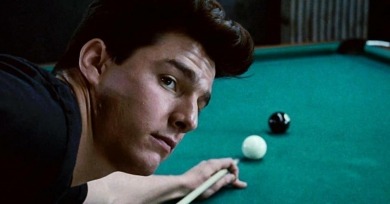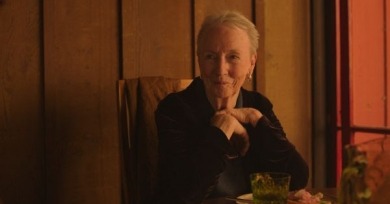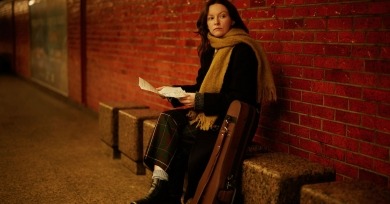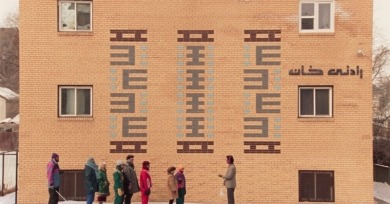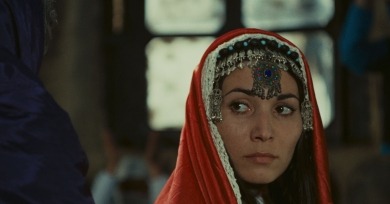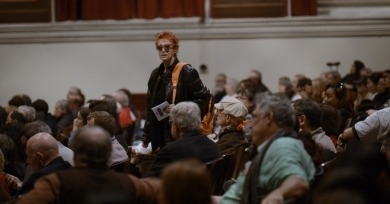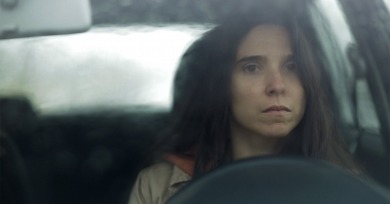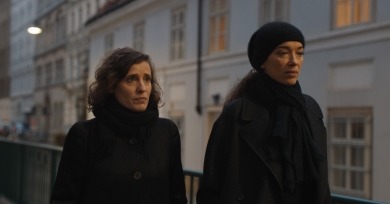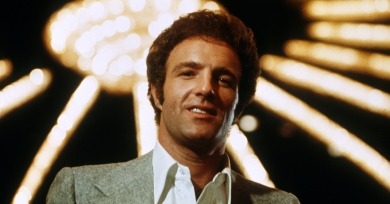Sarah Fensom
The current myth and meme-ification of Tom Cruise leaves out many of the specifics of the actor’s versatile and daring career.
Familiar Touch, the debut narrative feature from Sarah Friedland about an octogenarian woman entering a full-time memory care facility, exists along the edges of the coming-of-age film. Ruth (Kathleen Chalfant), a chic Southern Californian, must manage new and pre-existing relationships within her changing circumstances and state-of-mind.
Though Measures of a Funeral is a lushly photographed, globe-trotting saga that runs nearly two and a half hours, its bones are that of an essay film.
Matthew Rankin uses Universal Language to conduct a dialogue with Iranian cinema, utilizing hallmarks of its New Wave masters.
The setting is a small village on the north coast of Iran. At its edge is a strip of shoreline nearly always crowned by a diadem of dense haze. The film, which is almost unforgiving in its succession of gorgeously photographed imagery, is about what reaches through this liminal boundary from the outside world.
Philly Abe is not just a beleaguered downtown tenant fighting rapid gentrification, she’s also an avatar for a fading New York.
This intimate, novelistic puzzle charts a region, a number of interconnected lives, and a series of past and present events like a hand-drawn map. The film meanders across genres, but, grounded by humor and naturalism, it all somehow feels a part of the same fertile landscape.
Amidst this beautiful and mysterious backdrop, sequences occur at random without explanation and do not always add up to a broader narrative. But much of its strength lies in the fact that very little happens and even less seems to connote meaning in the way we’re used to in cinema.
That tension that Caan carries merely by being on-screen might be best exemplified in The Gambler, the 1974 film directed by Karel Reisz from a James Toback script. It follows Caan as Axel Freed, a clever Harvard-educated literature professor and gambling addict from a well-to-do New York Jewish family.
